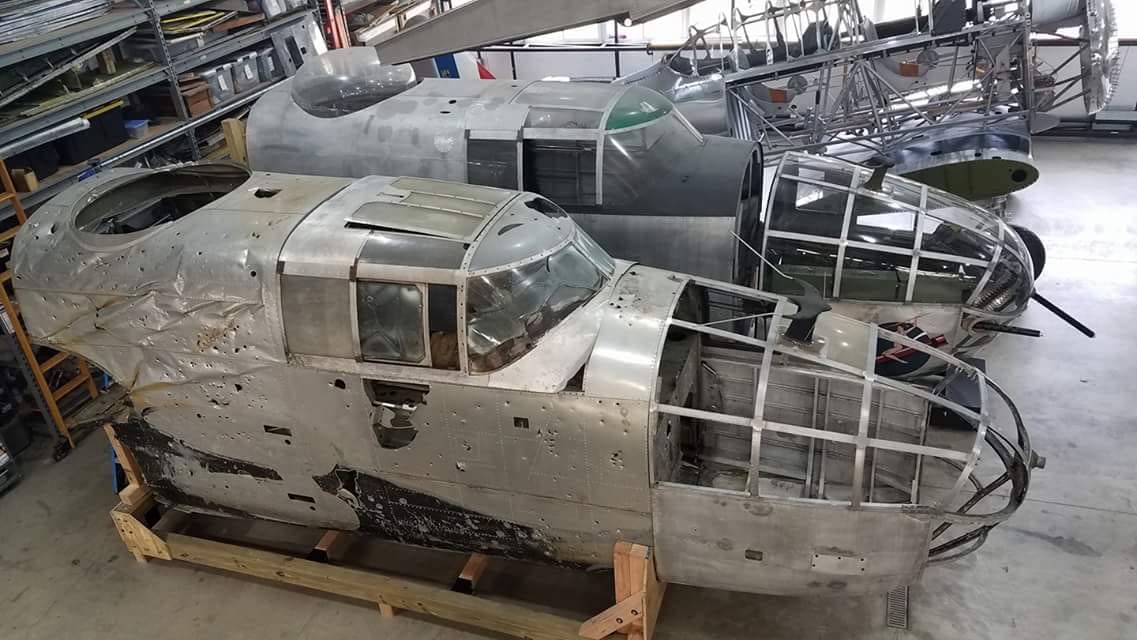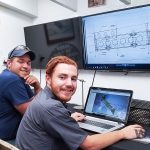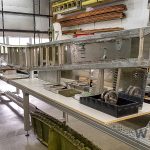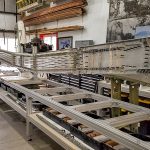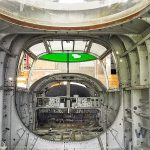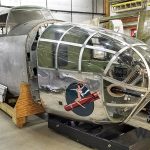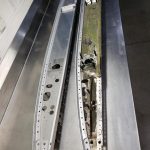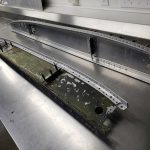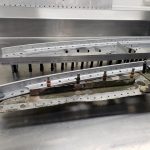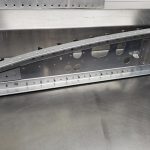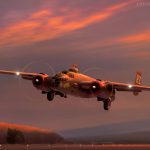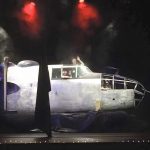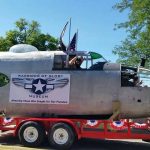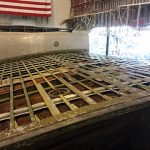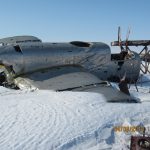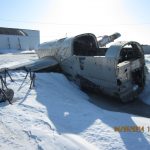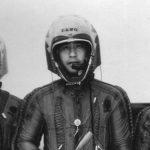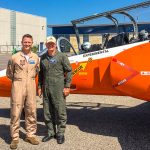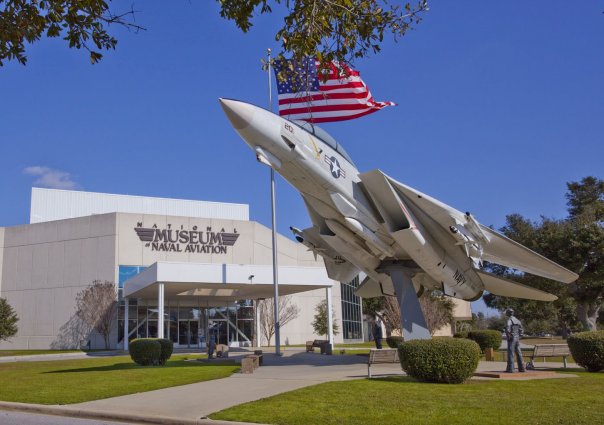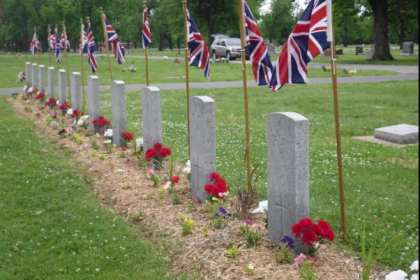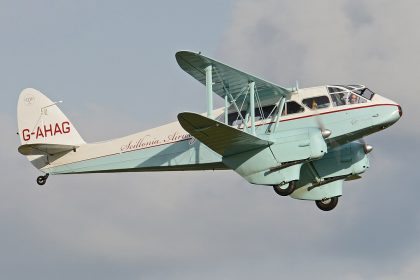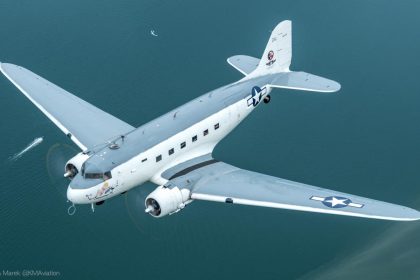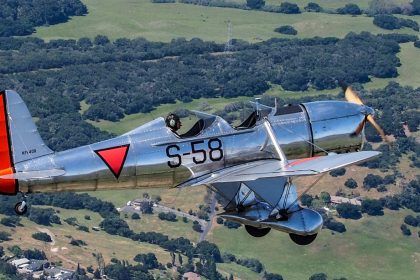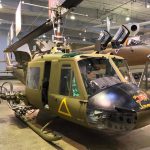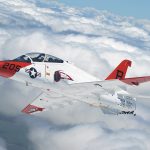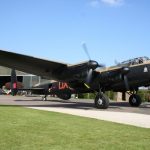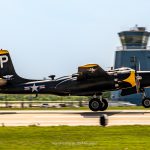It has been some time since we have carried an update on progress with Warbirds Of Glory’s North American B-25J Mitchell serial 44-30733. Better known as The Sandbar Mitchell, most readers will remember when her battered remains were rescued back in the summer of 2013 with a dramatic helicopter lift from a sand bar on a river near Fairbanks, Alaska where she crash-landed on fire-fighting operations in June, 1969. Warbirds of Glory and their band of volunteers got to work on restoring their prize almost immediately upon their return to their home in Brighton, Michigan. What they lacked in funding has been mitigated by a near Herculean effort to include and train a youthful band of volunteers in the art of restoring a WWII bomber. Their enthusiasm, dedication and sense of adventure have won over the warbird community and beyond. The accompanying good will, has helped a great deal with the acquisition of parts and donated expertise and services. Not only have the volunteers made impressive progress on the B-25’s restoration, they have also recovered significant remains from another Alaskan B-25 wreck. This was the previously unknown Soviet Lend-Lease B-25J, serial 44-28898, which crashed in Nome, Alaska during its journey to Russia in 1944.
Our good friend Jay Bess recently visited with Patrick Mihalek, the museum’s co-founder, to check out how things are going, and he took some of the images illustrating this article. Patrick sent us the details below concerning the Sandbar Mitchell’s present status:
Current Accomplishments:
- Center Section completely disassembled and all parts inventoried and inspected
- Main Spar fixtures built for front and rear spar assemblies
- B-25 Center Section modeled in CAD
- Main Spars caps NDT and found airworthy
- Both front and rear damaged spar webbing replaced with new webbing
- New spar firewalls manufactured
- Main Spars assemblies are ready for riveting once painted
- Center spars (Gas Web and Landing Gear Beam) completed and ready for riveting
- Main center section ribs completed and ready for riveting
- Bomb bay fuselage top section has all new ribs and is ready for paint
- Patrick Mihalek (left) and one of his volunteers working on the solid modelling design for one of the B-25’s components. The drawing displayed on the monitor above is from the microfilm set of B-25 factory drawings which the team used to create the CAD model shown on the laptop. (photo by Jay Bess)
- The B-25’s main spar coming together again in its jig. (photo by Jay Bess)
- A shot of the B-25’s rear spar in its jig. (photo by Jay Bess)
- Another look inside the B-25 forward fuselage. Following repiars, this forward fuselage will be integrated into the Sandbar Mitchell’s restoration, as there was very little of Sandbar Mitchell’s forward fuselage remaining after decades of scavenging on the Alaskan sandbar. (photo by Jay Bess)
- A fully-restored B-25 nose cone section, with an unrestored cockpit section behind. (photo by Jay Bess)
Mihalek added, “Currently we are working on finishing up the sub-assemblies that make up the B-25’s Center Section. This includes the two main left and right-hand fuselage sides. Because Sandbar Mitchell’s gear-up, forced landing caused extensive damage to these parts, all 14 fuselage formers are having to be re-manufactured in our shop. This includes countless hours drafting the parts in CAD off the original NAA drawings, re-designing the NAA forming tooling, cutting out test parts in MDF to compare to the originals, making both the tooling and aluminum blanks for the parts, press forming and then heat treating. Each rib takes about three days to make.”
The Warbirds of Glory museum is sort of the ‘Little Engine That Could’ of vintage aviation museums, and has achieved magnificent progress on a shoe string budget. Perhaps even more importantly, they have focused on bringing young blood into their efforts; a substantial number of their volunteers started working with them in their teens (and continue to do so). As such, they have fostered a whole new generation of kids who are gaining great appreciation for vintage military aircraft, learning about their history, and gaining skills, both modern and old, necessary in the art of restoring warbirds back to their former glory. Much of this is due to the dedication of Patrick Mihalek and Todd Trainor who founded the museum.
Warbirds of Glory recently formalized their youth training program by establishing the Kittyhawk Academy youth mentorship program. They describe this extraordinary opportunity for kids to get involved with aviation as below…
Although students have always been part of the restoration of B-25J Sandbar Mitchell, it is now bigger, better, and more formal that before.
Mission: To involve youth in the restoration of B-25J Sandbar Mitchell while developing workshop skills and mechancial comprehension to encourage them to consider a career as an aircraft mechanic, skilled tradesman, or engineer.
At no cost to the students, we now offer three courses:
1 – Toolmanship Mentoring:
For students with little to no previous workshop experience, the academy offers a mentorship series that is curriculum-based and focused to provide a wide range of workshop and trade experiences. Students as young as 12 years receive hands-on lessons in toolmanship, workshop operations, mechanical comprehension, CNC machinery, repairs, metal forming and problem solving. Our curriculum is specifically created to introduce young students to the concepts, processes and disciplines that are universal to nearly all trade skills, industrial jobs and aircraft maintenance.
2 – Restoration Apprenticeship:
Students passing the Toolmanship Mentorship courses or new students with pre-existing mechanical skills are included as active participants in the restoration of the museum’s B-25, Sandbar Mitchell. They are guided by FAA Certified A&P mechanics and experienced adults to develop new skills and disciplines while working on aircraft sub-assemblies and structures. This includes: drilling, squeezing and bucking rivets; paint stripping; parts cleaning; sheet aluminum shearing and breaking; operating CNC mills, lathes, and routers; design and fabrication of tools and fixtures; painting; disassembly of aircraft assemblies; inspection; assembly; create 3D solid models of B-25 parts in CAD; operating 3D printer; FAA regulations; aircraft fasteners; and all other aspects of restoring historical WWII aircraft.
3 – CAD Design Class
Kittyhawk Academy frequently conducts a 4-day Youth CAD Design class where students learn 3D solid modeling using SolidWorks. Taught in a classroom setting, a volunteer from the aerospace industry teaches students the essential basics of 3D CAD. Throughout the course students learn to read various 1940s factory blueprints of B-25 parts to create a 3D models of those parts in SolidWorks. As a final lesson, students create a virtual 3D assembly of those parts as they would appear on the actual aircraft. The skills and experience obtained from this CAD training can be used immediately for entry-level jobs or internships that require basic CAD skills.
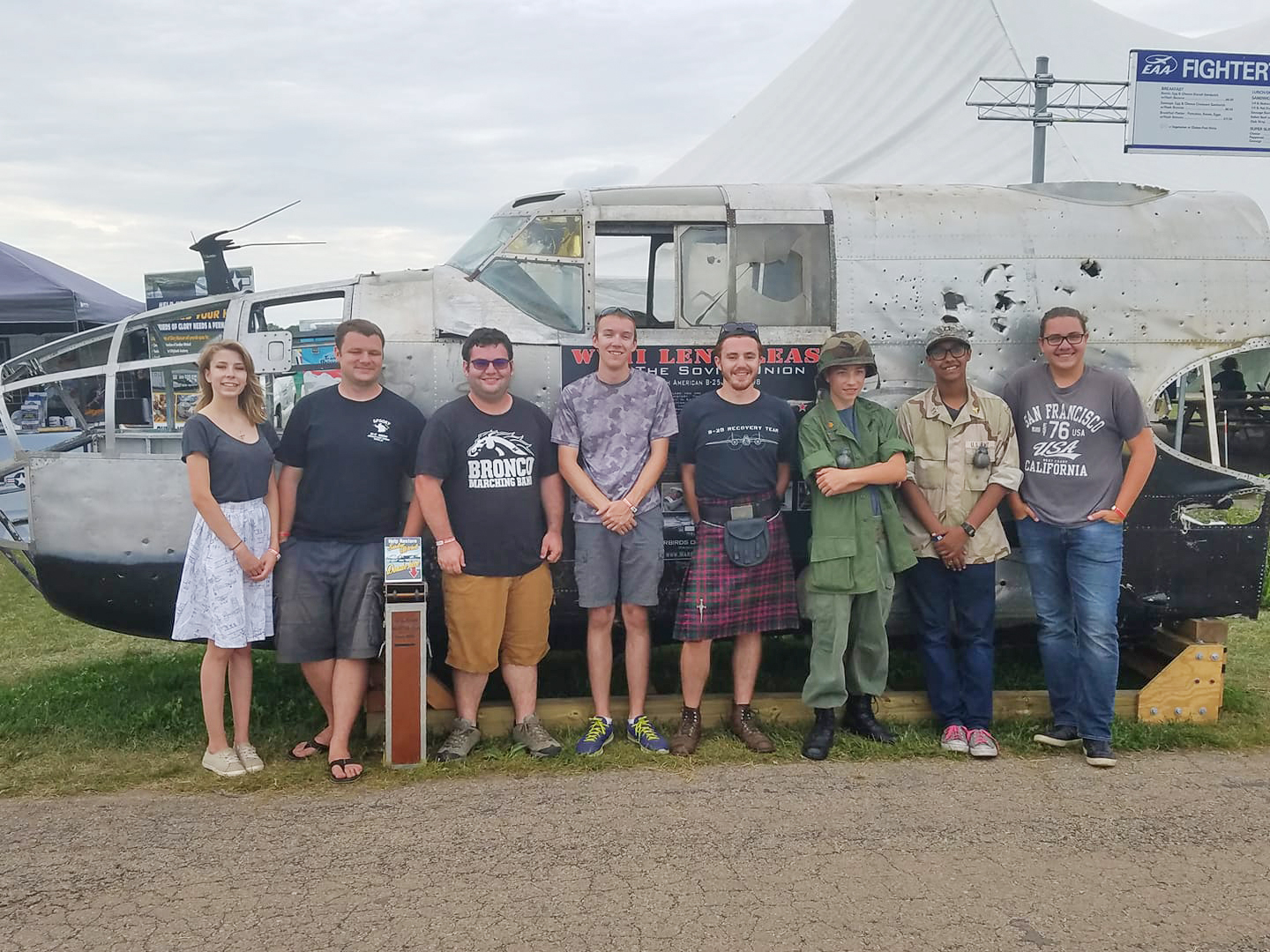
45 students have participated in the mentorship programs during the past five years. All youth programs are offered at no cost to the students and made possible through grants from private foundations, corporate sponsorship, and individual contributions from the public. To help the Warbirds of Glory Museum reach their next 45 students, please consider doing one of the following…
Buy a T-shirt: Click HERE
Make an online donation: Click HERE
View Donation Card (PDF): Click HERE
What Warbirds of Glory has achieved is incredible, and they should enjoy our hearty support. Anyone wishing to contribute to their efforts should please click on one of the above links to take part! Many thanks again to Jay Bess for his photographs, and to Patrick Mihalek for being such a gracious host!







